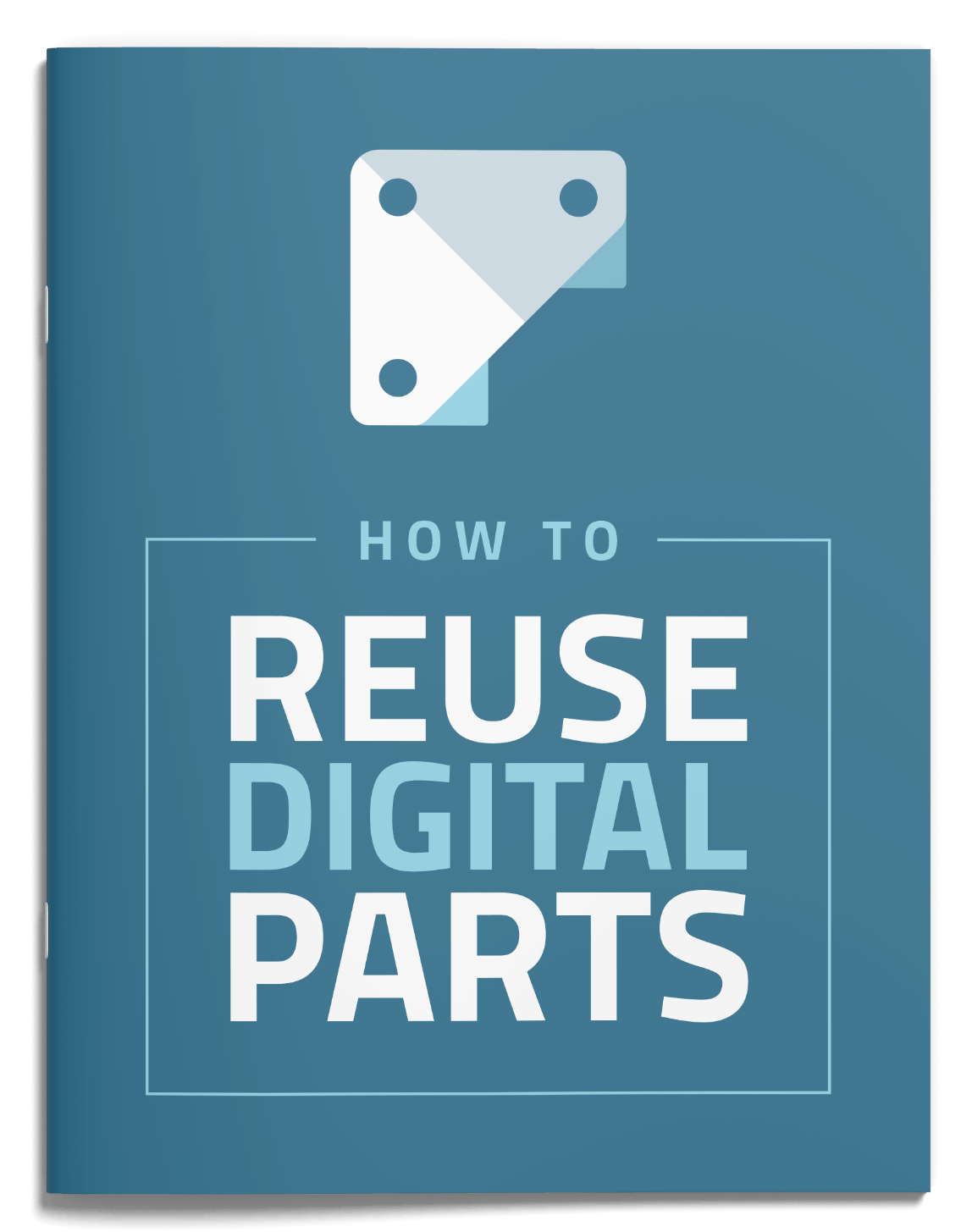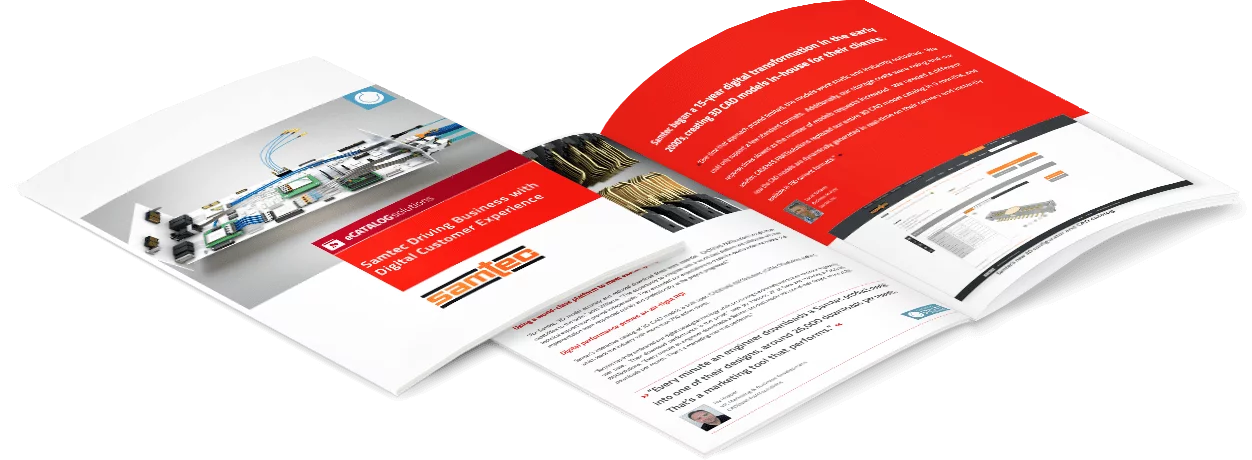Parker Hydraulics Chainless Challenge is an Educational Show-Down
Engineering Students from Around the USA Compete With Their innovative Designs
Let’s face it, hydraulic technology is not one of the more popular fields in the minds of young engineers. As a current engineering student, I can say that it is not due to hydraulic technology itself but rather a lack of exposure. Parker Hydraulics Group saw this problem, and decided to create a competition for students to build a hydraulic driven bicycle called the “Chainless Challenge”.
Originating in 2006, the Chainless Challenge is where 10 different University’s student teams enter to compete against one another in designing and testing a bicycle that uses hydraulics in place of chains. Each team is scored in 11 different categories, 3 of which are physical tests. These include a sprint race, time trial, and efficiency test. The event was previously held in Cleveland, Ohio, but was moved last year to the sunny city of Irvine, California at the former El Toro Marine Base. Parker sponsors the event by providing the teams with various hydraulic products, technical assistance, and a financial prize to be distributed among the top four placing engineering departments.
One of those teams comes from Western Michigan University, where they have competed in the Chainless Challenge all 8 years it has been in place. As a two time champion, Western Michigan University is no stranger to the different aspects of the challenge as well as what it takes to win. Engineering students are tasked to complete a group senior project before graduation, and each team gets to choose from a variety of different projects provided by faculty. One of those projects is the Chainless Challenge, and is particularly attractive to students since there is designated budget, a flight to California, and an opportunity to actually build and test what you design.
Beginning in the fall semester, the WMU team begins designing their solution with the help of access to previous year’s team reports and advice. Once the design is in place, students start to fabricate their bicycle in the machine shop on campus, sharing space with other teams such as Formula SAE and Baja. As you could imagine, late nights are quite common during this phase, but luckily students have access to the 24/7 work area.
The hard work pays off on competition day, when the students get to see their projects actually work. Traveling at about 10-15 mph, pedaling a hydraulic bicycle is tough and can sometimes give advantage to teams with experienced cyclists. However, Jorge Rodriguez, one of the faulty members involved with the challenge at WMU, explains that “the efficiency test is the hardest aspect”. The hydraulic bicycles can store energy in an accumulator, similar to a lot of hybrid vehicles. The efficiency test is especially difficult because it measures how far the bicycle can travel under that stored energy, translating into how efficiently energy can be stored and released.
Although some succeed and some fail, every participating team comes away with something. Sometimes, that something is a lesson that will help students succeed in the future. When asked what his team learned, Jorge Rodriguez explained that “It is very difficult for them to put the proper level of importance to the design of the project”. A lot of times, the lesson is in the importance of thorough testing on products such as the chainless bicycles. There is a higher level of commitment to this project, but I think we can all agree that being able to say you built a bicycle with hydraulics instead of a chain is a bigger payoff.
Learn More: Get These Free eBooks
The Basics of SPM
SPM vs. Classification
MBE / MBD for Mfgs




